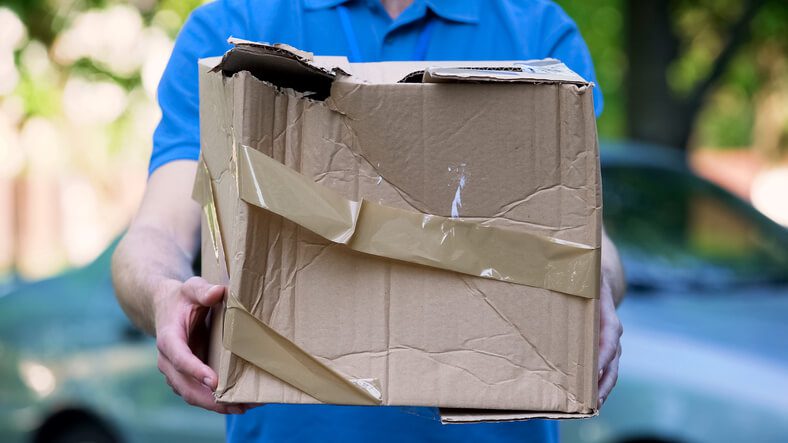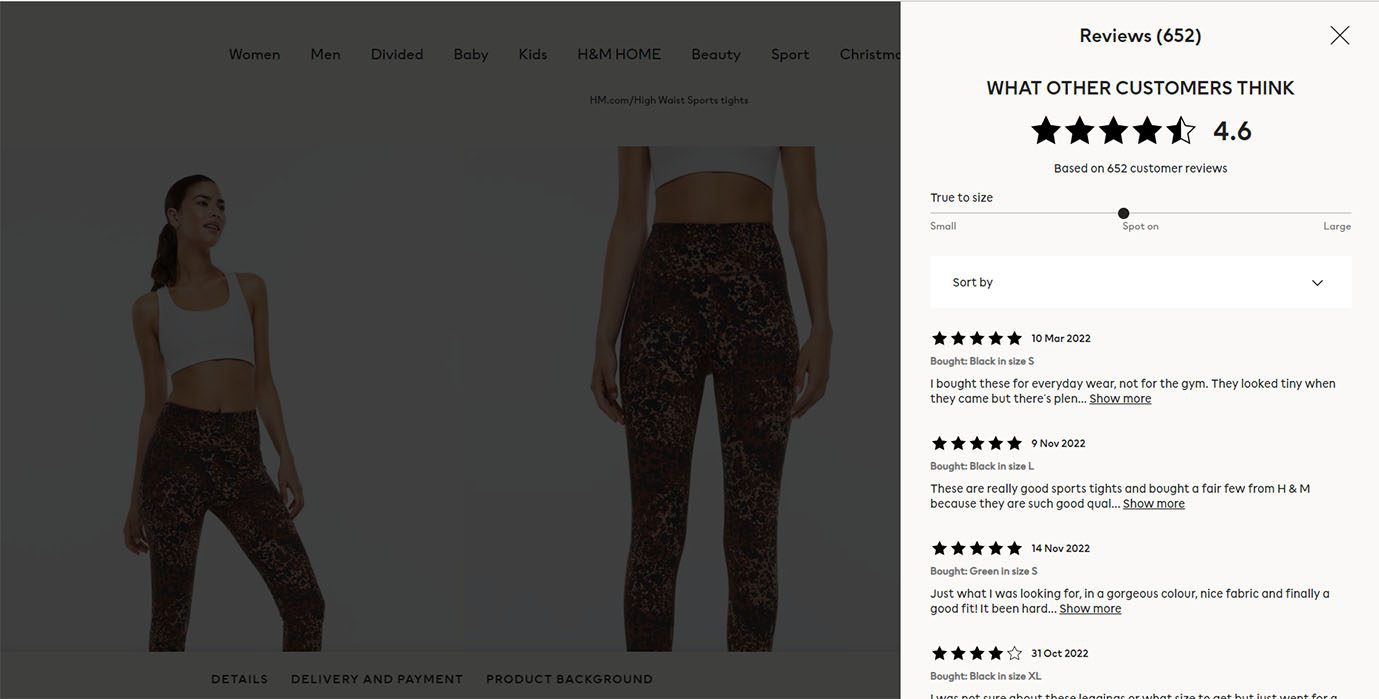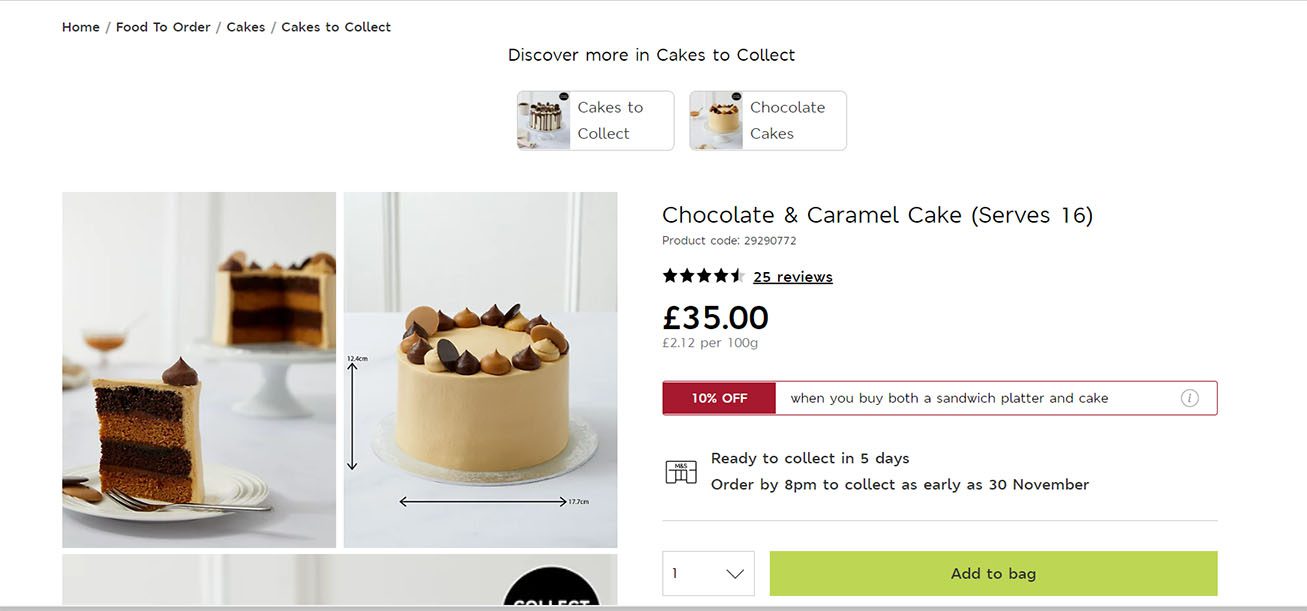Under current legislation, customers have the right to return goods that were purchased online within 14 days without having to state a reason. The merchant must give them a full refund for the goods. What started out as a move to protect consumers has turned into a strategy of competitive warfare.
More and more companies are offering free returns and the period of time that allows customers to withdraw from a contract is also increasing. As a result, we are seeing masses of parcels being returned. Toughening up the return policy won’t get rid of the issue. The solution lies in finding the causes and optimising the website.
Free returns is both a trend and a problem
The growth of the e-commerce sector, coupled with readily available shipping, has created an extreme problem with the amount of returned goods.
In 2020 in the US alone, 2.6 million tonnes of returned goods ended up in landfills. Every parcel that was thrown away was wrapped in packaging, and someone had to take the time to prepare it and transport it. The impact this generates is not only economic, but also environmental.
The most common reasons for returns
To avoid wasting resources and keep returns to a minimum, you need to understand why customers return goods. The three most common reasons are:
- The product is the wrong size.
- The product does not meet expectations.
- The parcel arrived damaged.

How to set a returns strategy
If you are in the fashion and footwear business, expect a higher returns rate. Many of these cannot be avoided because when customers place an order, they already expect to send back some of the items.
There are two ways to solve the problem of parcel returns:
- Find out why customers are returning goods. Every online store deals with different issues and what works for a glassware retailer won’t work for a clothing store.
- Optimise the content and appearance of your online store. Great descriptions, crisp images, videos, a clear structure, an easy shopping journey and a positive experience will get you out of the flood of returned packages.
How can you apply this in practice?
Don’t put restrictions on returns
Customers love free shipping and free returns. This is no surprise, as it is extremely convenient for them, but it is a hassle for online stores. This model only works if you have the right margins and can monetise the shipping costs in the form of larger orders.
Don’t try to apply a restrictive returns policy, as the number of returns will decrease in line with the number of orders. Almost 70% of customers don’t like to shop in online stores that don’t offer free returns.
At the same time, don’t be too generous either, or you might get burned like Zoot.
Zoot has put a stop to ‘clever’ customers
In an extreme scenario, you could resort to segmenting your customers according to their previous buying behaviour. Zoot operated a system where customers could order goods to a so-called joy dispensary, where they could try them on and pay only for the goods they took home.
Soon, ‘clever’ customers emerged, ordering 50 items and not buying anything. Zoot decided to hone in on them, and these problematic customers had to pay for all the goods in advance.
The product description must answer all questions
You should bear in mind that customers are making a purchase based purely on what they can see online. This information sets their expectations of the product. If you don’t meet them, they will return the goods.
Make sure to state what makes the item unique and what it’s used for, but don’t leave out key specifications such as shape, size, weight or colour. In addition to these parameters, you can also add customer reviews to the product, just like H&M does.

Use videos and high quality images
According to a survey, almost one in five goods are returned by customers because the reality did not match the picture. Try to make the photos as realistic as possible and show the goods from different angles. Take advantage of modern technology and allow customers to virtually view the goods from all sides.
In addition to providing a 360° view, product videos can be a great help when shopping online. Customers can see what the product looks like when it is actually in use.
Help your customers with sizing
Different brands of clothing come in different sizes. The same problem applies to shoes. If you sell a variety of brands, stick to standardised size charts. For example, Zoot uses a uniform size range.
Zalando reduces the number of returns by improving the recommended sizes. Sizes are handled by an entire team of people who compare the sizes listed with customer experience and feedback.
For food products, the right size or weight also matters. Customers who are unfamiliar with the product will appreciate an indication of the expected quantity of servings.

The MySizeID app can find the right size
It is usually the inexperienced customers who only occasionally buy the given product or brand that tend to order the most products in a variety of sizes. Help them out with the MYsizeID app, which recommends the right clothing size based on their height and weight.
The app can also recommend a size based on the entered body measurements directly via the mobile phone. Such solutions are not free, but you will significantly increase the number of sales and reduce the amount of returns.
Show similar products
You can also avoid returns by showing people similar products you stock when they are browsing other products. They will be more likely to choose one that they won’t need to return.
Ensure that the goods arrive safely
Wrap and label fragile goods appropriately. If parcels are repeatedly arriving damaged, the fault will be either on your side or on the side of the shipping company. You may also want to consider switching carriers if the goods are repeatedly arriving damaged due to the courier’s carelessness.
Sustainable returns to the online store
Returns are also an environmental problem. Cars and packaging materials pollute the environment. As a responsible online store owner, you shouldn’t just make do with using raw materials from renewable sources, but also actively contribute to reducing the number of returns.
How to return goods sustainably:
- Advise customers on which is the most environmentally friendly way to ship and return goods.
- Make it easier/cheaper to collect goods at the pick-up point or drop box.
- Encourage customers to return goods in their original packaging.
ZARA has made some types of returns chargeable
For example, ZARA has cleverly started charging for the return of goods by courier, but at the same time retained free returns directly to the branch. The customer brings the goods in and, once they are in the branch, they might even make a purchase.
Need some help?
Do you still receive too many returns despite your best efforts and you don’t know why? Sometimes, the problem lies in poor UX design of the site, other times it’s caused by flaws in the descriptions or in the price required for free shipping.
Team up with us and together we will overcome all barriers.






